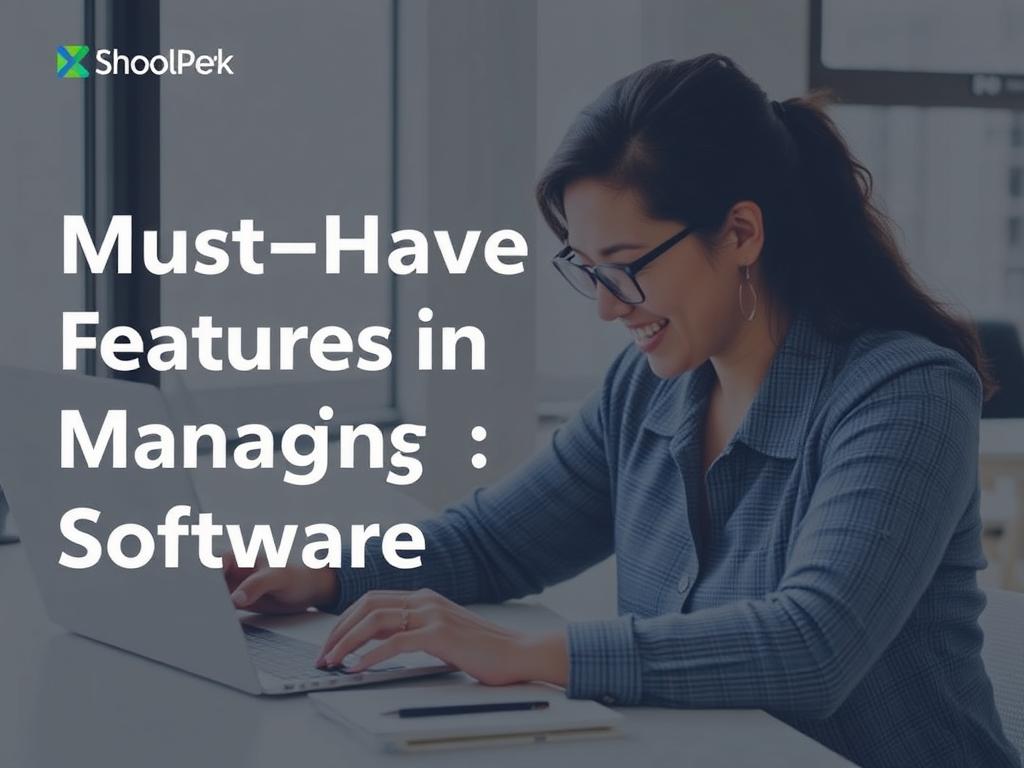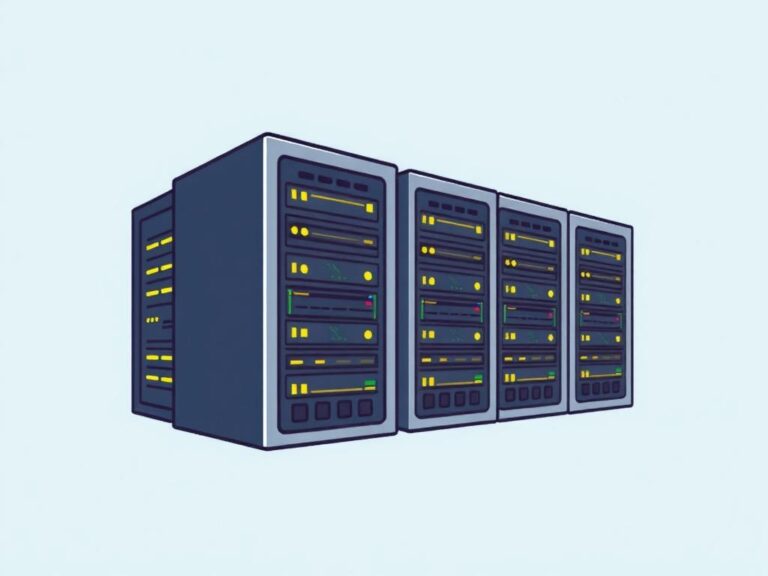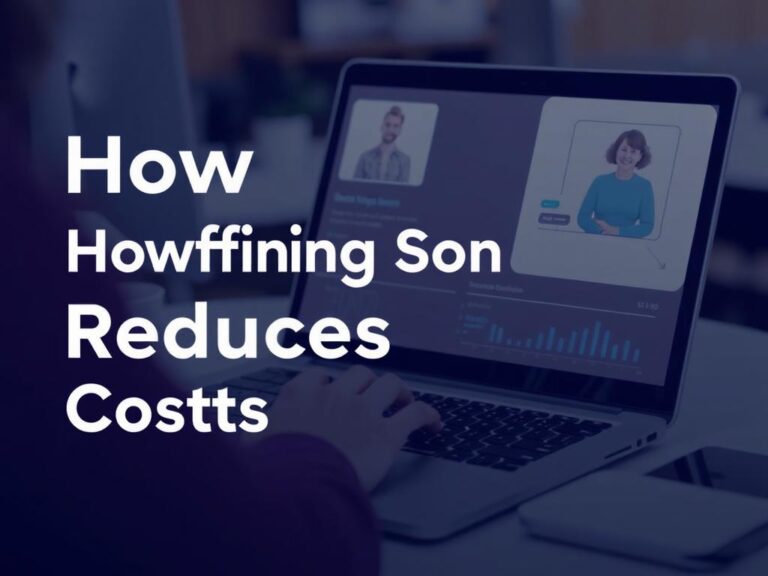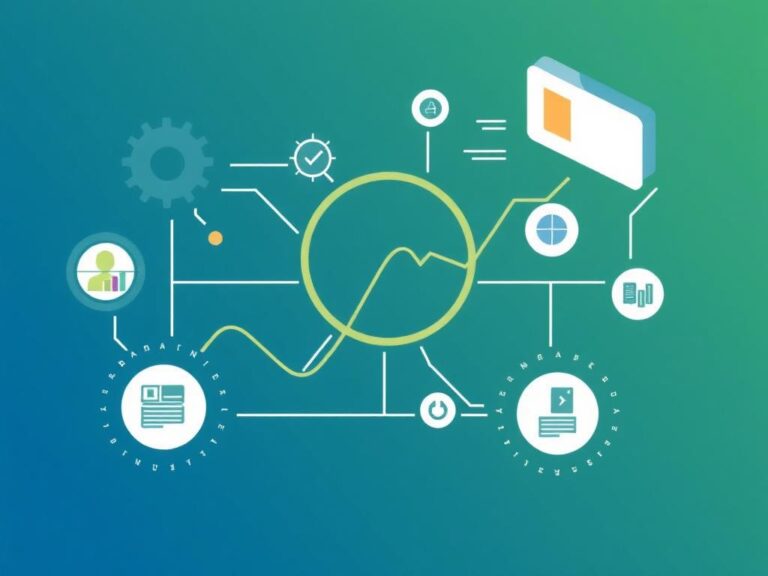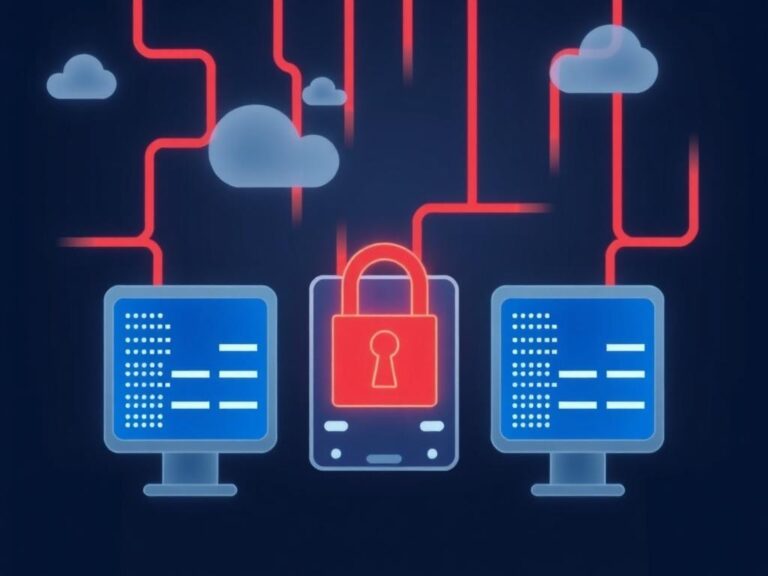Must-Have Features in Staffing Management Software: Unlocking Efficiency and Excellence
In today’s fast-paced business world, managing a workforce efficiently is more important than ever. Staffing management software has become an integral tool for organizations aiming to streamline their hiring processes, optimize employee management, and boost productivity. But with so many options on the market, what should you look for? This article will guide you through the must-have features in staffing management software, helping you choose the right solution that fits your company’s unique needs.
Why Staffing Management Software is Essential
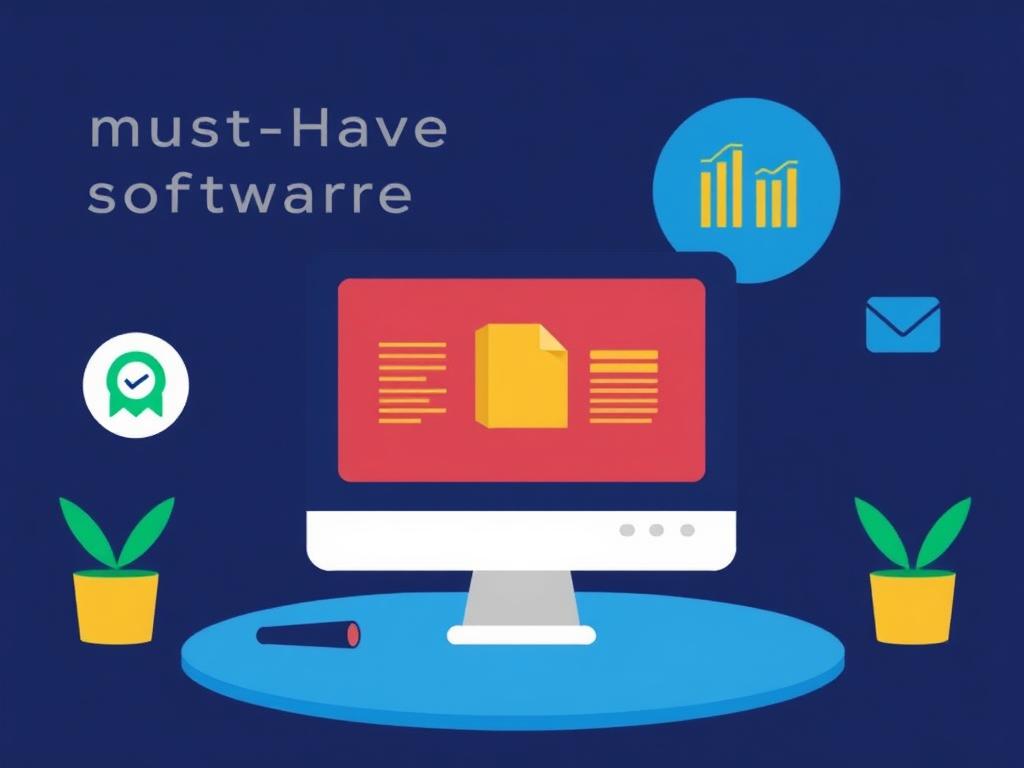
Staffing management software is designed to simplify and automate many aspects of dealing with employees and candidates. From job postings to payroll, these systems reduce the administrative burden on HR teams and managers, allowing them to concentrate on what truly matters – building a talented, motivated workforce. The best software integrates seamlessly with other tools, offers real-time updates, and ensures compliance with labor regulations, turning complex staffing processes into smooth workflows.
Imagine saving hours every week by automating repetitive tasks such as resume screening, interview scheduling, or time tracking. This is the type of efficiency that standout staffing management software can bring. Plus, having centralized access to employee data means better communication and decision-making across the organization.
Core Functionalities That Define Effective Staffing Management Software
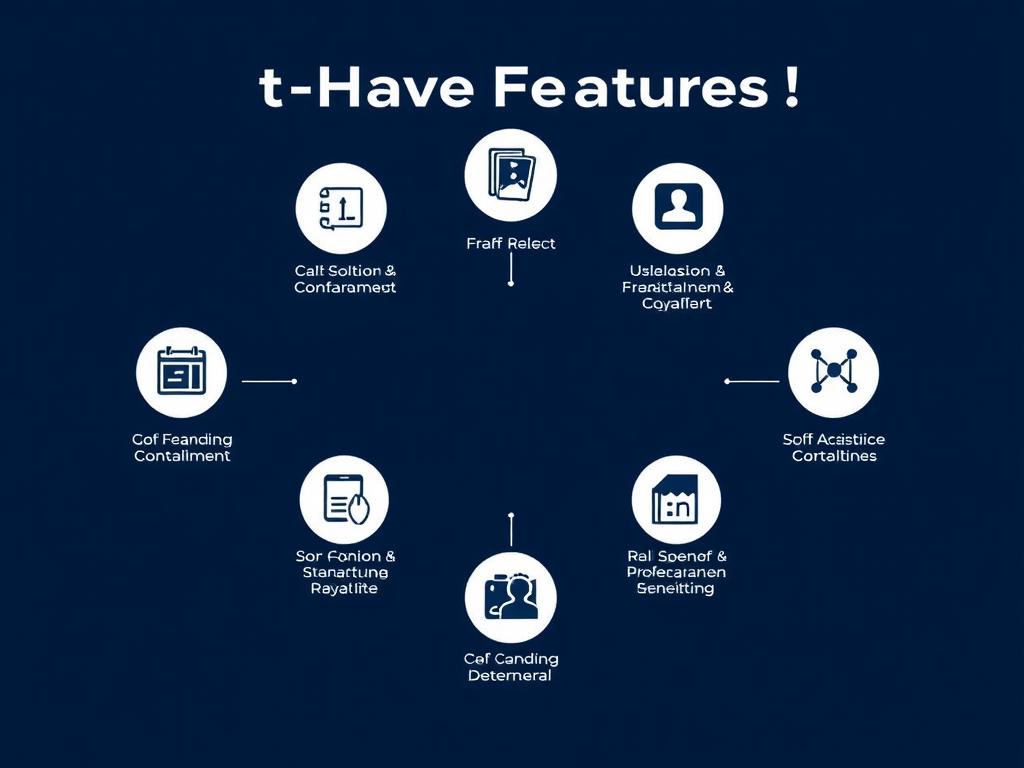
When choosing staffing management software, certain key functionalities must be present. These features ensure that you are not just investing in software but in a powerful partner to grow your workforce smartly.
1. Applicant Tracking System (ATS)
One of the foundation stones of staffing software is a robust Applicant Tracking System (ATS). This feature helps streamline the recruitment process by allowing HR professionals to post job openings across multiple platforms, collect resumes, and track candidates throughout the hiring pipeline. A good ATS will also support filtering and ranking applications using customizable criteria, which saves time and hones in on the best candidates faster.
2. Employee Scheduling and Time Tracking
Managing employee schedules and hours worked can be a nightmare without the right tool. Advanced staffing management software offers dynamic scheduling capabilities, allowing managers to create, change, and approve shifts quickly. Integrated time tracking ensures that employee hours are recorded accurately, preventing payroll errors and simplifying compliance with labor standards.
3. Onboarding and Training Management
The onboarding phase sets the tone for a new hire’s experience. Staffing software that includes onboarding features helps automate document collection, facilitate training sessions, and track progress. This not only accelerates the integration of new employees but also enhances engagement and retention.
4. Payroll and Benefits Administration
Payroll is a critical function that demands precision. Staffing management software often incorporates payroll processing that integrates with employee scheduling and time tracking. This ensures accurate paycheck calculations and timely payments. Additionally, benefits administration tools allow employees to manage their health insurance, retirement plans, and other perks conveniently.
5. Reporting and Analytics

Data-driven decision-making is essential for modern HR teams. The best staffing management software comes with comprehensive reporting and analytics tools that provide insights into hiring trends, employee performance, turnover rates, and more. These analytics allow companies to identify problem areas and develop strategies for improvement.
A Closer Look at Additional Features Enhancing Staffing Efficiency
Beyond the core functionalities, several features enhance the usability and effectiveness of staffing management software.
- Integration Capabilities: Compatibility with existing HR tools, payroll systems, and productivity apps ensures a unified workflow.
- Mobile Access: With remote work becoming common, mobile-friendly platforms allow managers and employees to interact from anywhere.
- Compliance Management: Automated alerts for legal updates help maintain compliance with labor laws and regulations.
- Candidate Communication Tools: Built-in messaging systems foster clear communication between recruiters and applicants, improving candidate experience.
- Customizable Workflows: Flexibility to tailor hiring and management processes to specific business needs.
Choosing the Right Software: A Comparative Table
Let’s explore a quick comparison of popular staffing management software based on essential features:
| Software | Applicant Tracking System | Employee Scheduling | Payroll Integration | Mobile Access | Reporting & Analytics |
|---|---|---|---|---|---|
| SoftHire | Advanced filtering and ranking | Drag-and-drop scheduling | Full payroll integration | iOS & Android apps | Comprehensive dashboards |
| StaffPro | Basic ATS with resume parsing | Automated shift approvals | Limited payroll modules | Mobile-friendly website | Standard reports |
| WorkForce One | Customizable ATS workflows | Real-time scheduling updates | Integrated payroll and benefits | Full mobile apps | Advanced analytics and alerts |
This table illustrates how each software package prioritizes different areas. Depending on your company’s staffing complexity, one may outperform the others in meeting your particular needs.
How These Features Benefit Your Business
Implementing staffing management software equipped with these must-have features translates directly into better resource management and cost savings. Automating recruiting, onboarding, scheduling, and payroll reduces human errors and administrative time. Employees enjoy smoother communication and clearer expectations, improving morale and retention.
Moreover, advanced reporting and analytics help you get a granular view of your workforce. Are there bottlenecks in hiring? Are certain shift patterns causing overtime costs to rise? The data answers these questions, letting you take corrective action before problems grow.
The integration capability means fewer platforms to juggle, making IT management easier and promoting user adoption among your HR and operations teams. With mobile access, you’re no longer tied to a desk, enabling managers to respond dynamically to staffing challenges on the go.
In Summary: Key Features Checklist
- Robust Applicant Tracking System
- Employee Scheduling with Time Tracking
- Onboarding and Training Tools
- Payroll and Benefits Administration
- Reporting and Analytics Capabilities
- Mobile Access
- Integration with other HR and productivity software
- Compliance Management
- Candidate Communication Features
- Customizable Workflows
Conclusion
Choosing the right staffing management software is a crucial step in optimizing your workforce operations. By focusing on essential features like applicant tracking, scheduling, payroll integration, and reporting, businesses can streamline recruitment and employee management processes efficiently. Additional tools such as mobile access, compliance management, and seamless integrations further enhance functionality, enabling organizations to stay agile in the modern work environment. Investing in software that encompasses these must-have features not only saves time and reduces errors but also empowers HR teams to build stronger, more engaged teams. Take your staffing strategies to the next level by selecting a software solution tailored to your unique business requirements, ensuring long-term growth and success.
